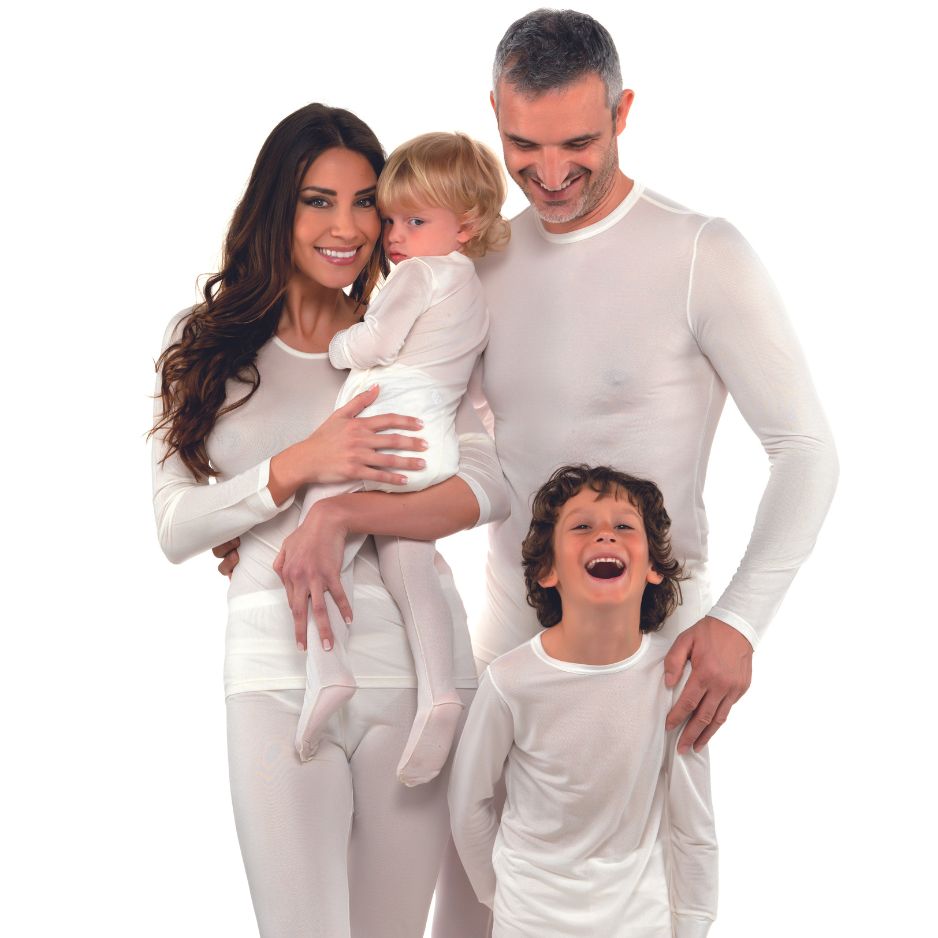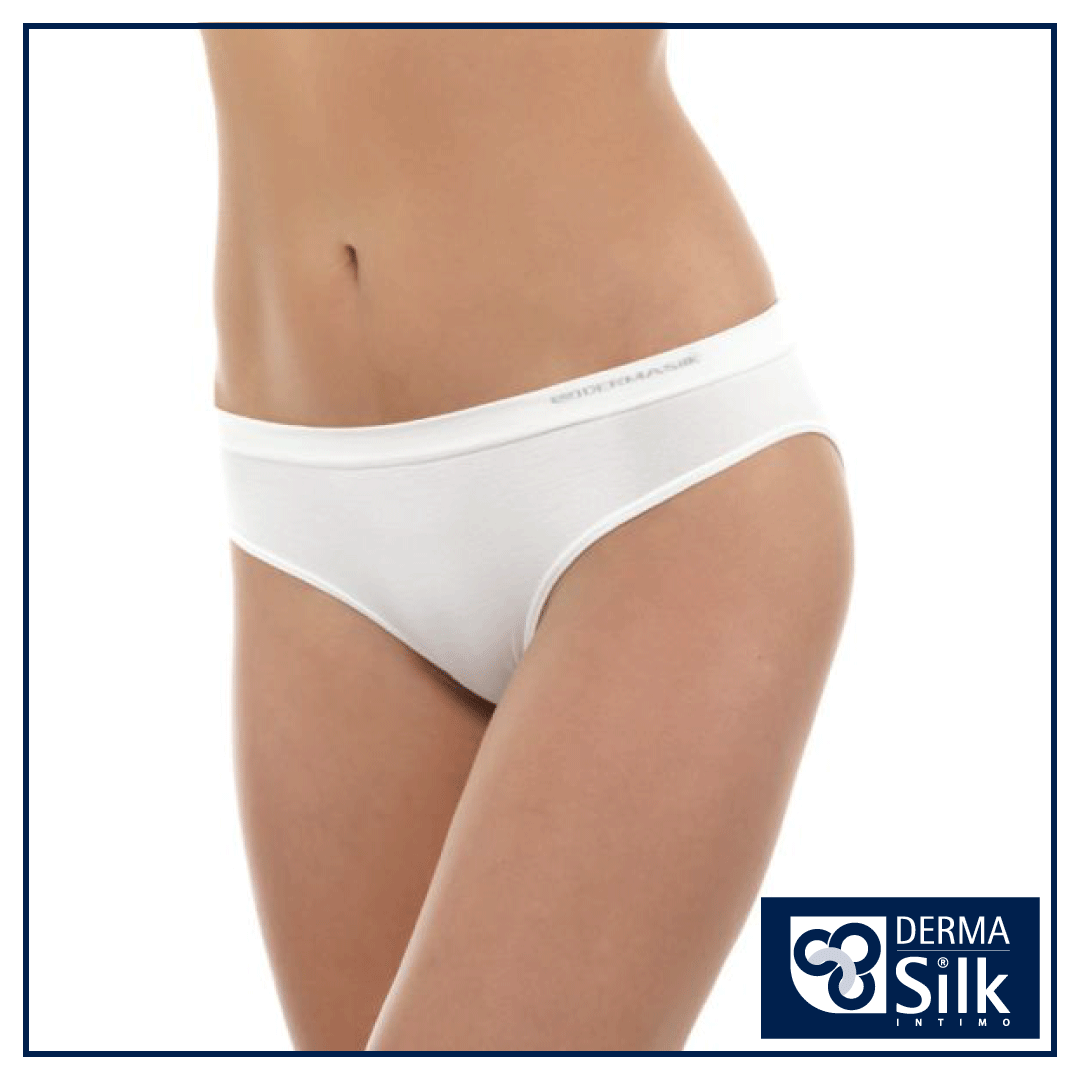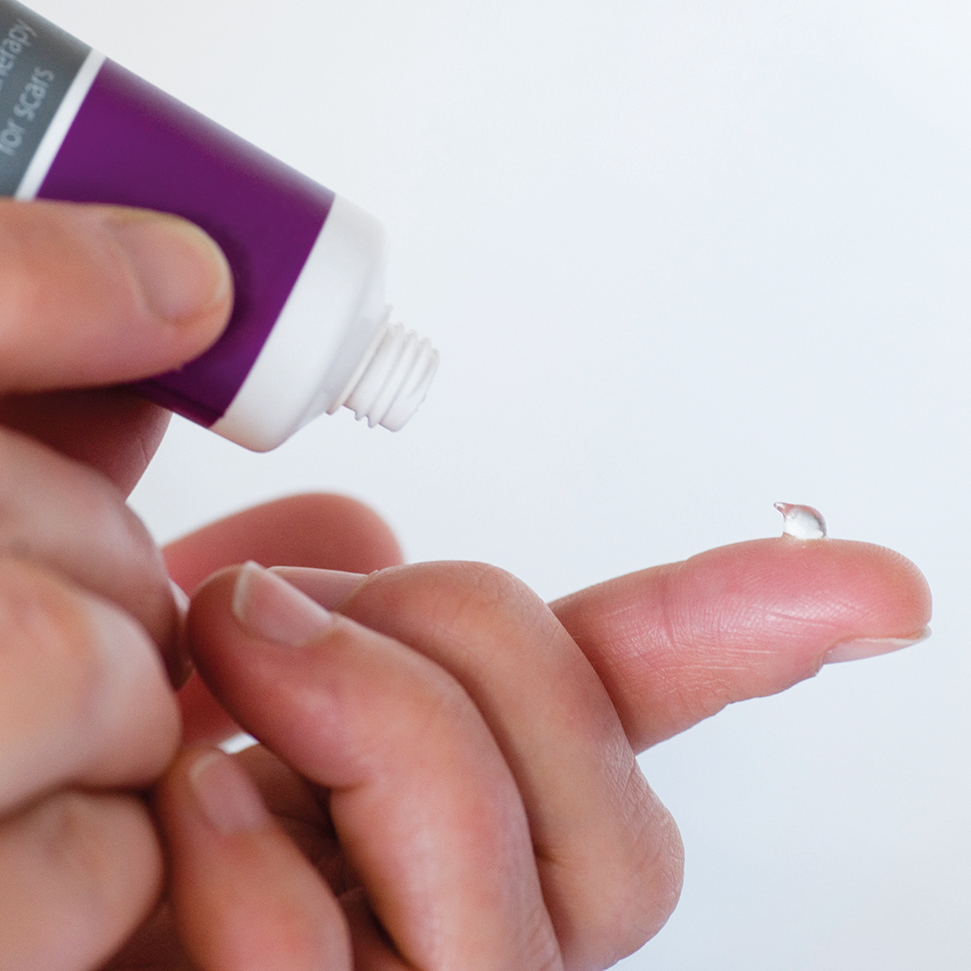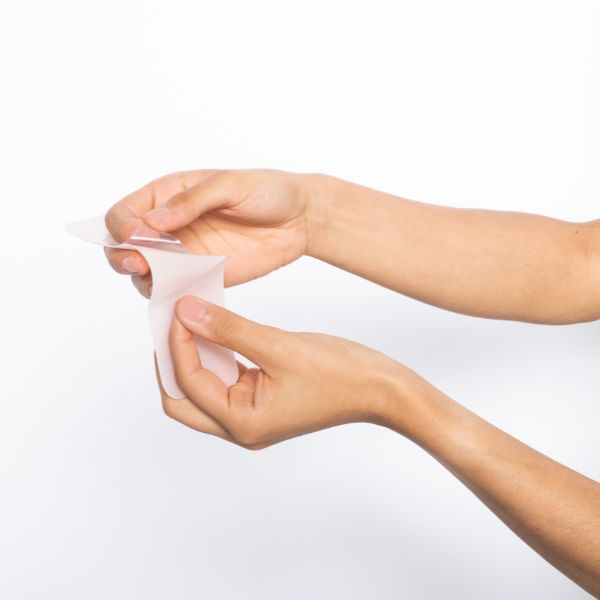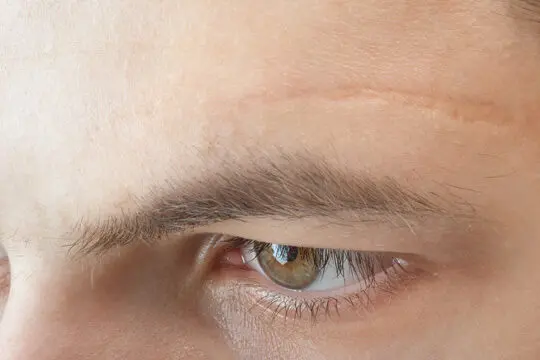Spending Fortunes on Creams and Lotions for Eczema: Is There a Better Way?

If you live with eczema, you know how exhausting it can be—not just dealing with the itching and flare-ups, but also spending lots of money trying to find the right cream or lotion. Many people spend a small fortune on these treatments, hoping for relief, but often end up frustrated, still itching, and out of pocket. Let's look at why this happens and explore if there's a better, less expensive way to manage eczema.
The Cost of Eczema Treatments
Eczema, or atopic dermatitis, is a condition that makes your skin dry, red, and itchy. It mainly affects children but can also affect adults. The typical way to treat it is by using emollients (moisturisers) and steroid creams. But people with eczema often find themselves buying a lot of different products, from basic lotions to expensive specialty creams, just hoping that something will work.
The market for eczema creams is huge. Some over-the-counter treatments can be affordable, but premium brands often charge £50 or more for a small jar. When you need to use these creams every day, the costs quickly add up—especially if you’re dealing with severe eczema that needs constant care. This becomes even more expensive when you keep switching between different brands and types, hoping one will finally work.
Marketing terms like "natural," "hypoallergenic," or "dermatologist-approved" might make people think that these products are worth the extra cost, but they don’t always work any better than the cheaper alternatives.




The Limits of Creams and Lotions
Although moisturisers and steroid creams are an important part of treating eczema, they have their limits. Steroid creams, for example, can reduce inflammation, but they aren’t meant to be used long-term. Using them for too long can lead to side effects like thinning of the skin, which makes the problem worse.
Even the best moisturisers are only helping with symptoms—they don’t get to the root cause of eczema. Creams might help keep the skin barrier strong, but they can’t address deeper issues, like triggers from allergies or immune system problems.
Plus, some creams have ingredients that can make things worse. Perfumes, preservatives, or even natural ingredients like essential oils can sometimes irritate the skin, making symptoms even worse and leading you back to the shop for yet another product to try.
Looking Beyond Lotions: A Smarter Approach
Instead of relying on creams and lotions alone, there are other ways to manage eczema that might be more effective—and save you money in the long run. Here are a few options:
Lifestyle and Diet Changes
Eczema can sometimes be linked to things like diet, stress, or allergies. For some people, identifying and cutting out food triggers, like dairy or gluten, can really help reduce flare-ups. Managing stress with things like exercise or meditation can also make a big difference. Learn more about how diet affects eczema.


Manage Your Environment
Things around you can make eczema worse. Dry air, harsh soaps, and even rough fabrics can all irritate your skin. Using a humidifier, swapping to gentle, fragrance-free products, and wearing soft, breathable fabrics can all help reduce flare-ups. Read more about creating an eczema-friendly environment.




Therapeutic Clothing: DermaSilk as an Option
A newer option that’s been getting attention is therapeutic clothing, like DermaSilk. DermaSilk is made from knitted medical-grade silk treated and bonded with Microbe Shield Technology. The fabric is designed to be worn next to your skin to help keep it comfortable, control moisture, and prevent infections. It also has a greater ability to absorb and disperse moisture than cotton, making it a natural candidate for an atopic friendly fabric.
Unlike creams that you have to keep applying, DermaSilk clothes provide constant protection. There are clinically backed, soft, breathable, and help regulate your skin’s temperature, which is great for sensitive skin. Although the initial cost might seem high, DermaSilk clothing is reusable and lasts a long time, making it more affordable in the long run. Find out more about DermaSilk clothing here.
Get Professional Help
Instead of trying countless products from the shop, seeing a dermatologist or a doctor can be more effective. A skin specialist can help you find the right treatment and may suggest things like prescription creams or light therapy that are better suited for your eczema type. Sometimes, a well-targeted treatment can be more effective and cheaper in the long run. Click here to find Dermatology services near you.


Support and Education
It’s also important to know you’re not alone. Joining an eczema support group, either online or in-person, can give you helpful tips and emotional support from people who know what you’re going through. Learning more about eczema, what triggers it, and how to manage it can help you avoid spending on products that aren’t right for you. The National Eczema Society offers lots of helpful resources and support.
A Better Approach to Managing Eczema
It can be tempting to keep buying new creams and lotions in the hope that one will finally be the miracle cure, but eczema is complicated, and no single product will work for everyone. Instead of spending a fortune on creams, it’s worth trying a more balanced approach, one that includes lifestyle changes, managing triggers, and using practical tools like therapeutic clothing.
DermaSilk clothing offers more than just a fabric layer; it treats all eczema flares, rather than just individual outbreaks, by acting as a preventative base layer that can be worn comfortably 24/7. This replacement for normal underwear and nightwear helps maintain comfort throughout the day, providing constant support for sensitive skin. This kind of approach helps tackle the root causes of eczema rather than just covering up the symptoms, which means you might end up needing fewer creams and spending less money overall.
While creams and lotions definitely have a role in eczema treatment, they’re just one piece of the puzzle. By exploring other options and taking a more complete approach, you might find longer-lasting relief—and less frustration at the same time.
About the Author

Related Posts
Topics
- Scarban
- Scarban
- Dermasilk
- Eczema
- Alhydran
- Therapeutic clothing
- BAPScarCare
- Sensitive Skin
- Eczema clothing
- Itching
- Varicose eczema
- Dermasilk wash and care instructions
- Jock itch
- Menopause
- Chemotherapy
- Clinical studies
- Size guide
- DermaTherapy bedding
- Night sweats
- Bedsores
- Insomnia
- Night Terrors
- Recovery
- Anti-microbial
- Stain-Resistant
- Vulvodynia
- Testimonials
- Eczema in kids
- Instructions for use
- Scar treatment
- Silicone sheet
- Facial scars
- Scars on hand
- Scar on finger
- Eczema
- SPF
- Eczema creams and lotions
- ALHYDRAN Special Care
- Warts in children
Tags
































































